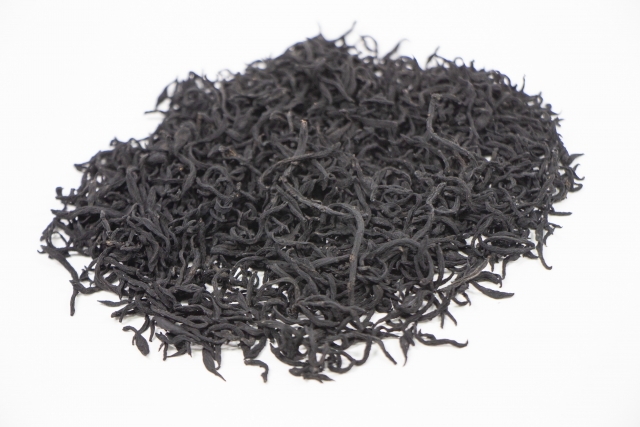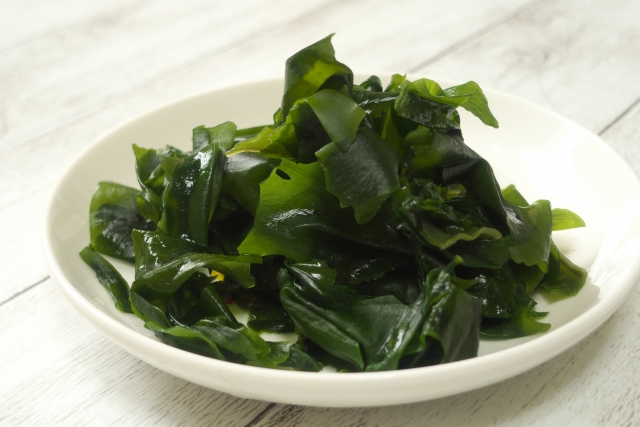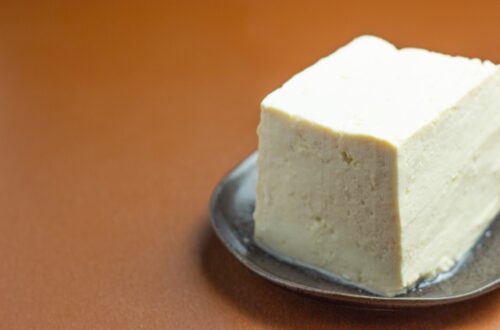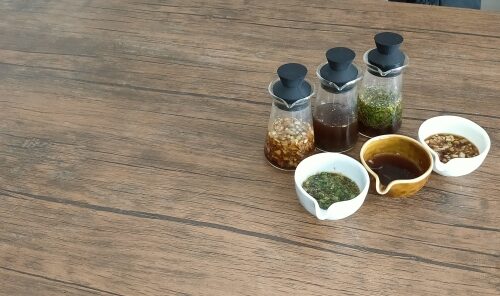
Eaten for thousands of years in Japan! How to cook Hijiki
Hijiki is a black seaweed. It is often eaten as a simmered dish seasoned with soy sauce and goes well with rice.
There are dry hijiki ,boiled hijiki and raw hijiki seaweed in grocery store in Japan, and there are also differences in the parts. Stem part (long Hijiki) and bud part (sprout Hijiki).
Long hijiki is crunchy and shoot hijiki is soft.
Japanese people don’t really care about parts, and many people don’t know that there are parts in Hijiki.
Look at this, there are many types dried hijiki, but basically the difference is in the place of origin. The price is completely different depending on the production area and the way of raising.

Hijiki has a poison (inorganic arsenic) that occurs in nature. To get rid of the poison, it needs to be boiled.
Food Safety Commission of Japan and the Ministry of Health in Japan, Labor and Welfare reports on inorganic arsenic as follows.
Hijiki has been eaten as a traditional food in Japan for a long time, but there have been no reports of adverse health effects such as eating hijiki and causing arsenic poisoning. (an omission middle of part)
In Japan, hijiki is usually ingested after being washed with water, rehydrated, boiled, etc., and it depends on the part of the hijiki, the conditions when soaking in water or hot water, and the conditions for boiling, but these cooking processes It has been reported that arsenic in hijiki seaweed elutes into water and 38-96% of inorganic arsenic is removed. For this reason, when eating hijiki, it is important to properly rehydrate the seaweed during cooking and processing, and to remove the water and broth used during washing, reconstitution with water, and cooking. It can be said that it is effective in reducing intake.
Food Safety Commission of Japan
The PTWI (provisional tolerable weekly intake) of inorganic arsenic set by WHO in 1988 is 15 μg / kg body weight / week, which is equivalent to 107 μg / person / day (750 μg / person / week) for a person weighing 50 kg. To do. The maximum concentration of inorganic arsenic in the dried Hijiki that was rehydrated by FSA was 22.7 mg / kg, but even if this Hijiki is eaten, it is continuously over 4.7 g (33 g per week) every day. It will not exceed the PTWI of arsenic unless taken in.
There are no reports of arsenic poisoning caused by arsenic contained in seaweed.
Ministry of Health in Japan, Labor and Welfare
How to cook dried hijiki
In the case of dried hijiki, it will be about 10 times as much when returned.
I recommend that you return it as described on the package.
Basically, you need 10 times as much water as the amount of dried hijiki to wash and rehydrate. Use normal temperature water or lukewarm water instead of cold water, and leave it for about 30 minutes for long hijiki. If you got sprout Hijiki, leave it about 10 minutes.
How to cook boiled hijiki
If you got something that has already been boiled, you can use it for cooking as it is.

How to cook raw hijiki
Bring water to a boil, add hijiki seaweed and simmer for 3 to 5 minutes.
Click here for a recipe using Hijiki.
(The image is It’s a traditional Japanese dish!Simmered Hijiki Seaweed)





